Gracie Jiu-Jitsu Barrie | Guide to the foundation 5 ground positions
If you are already practicing Jiu-jitsu the movement and reactions almost come as second nature. But flashback to your first week on the mats and it’s easy to remember the trickiest part was trying to get a full picture of how the pieces of the puzzle fit together.
Looking beyond self-defense or BJJ competition, the actual system of how Gracie Jiu-Jitsu is taught does a great job of answering those questions while giving you all the benefits of this amazing art.

Effective positional control is a critical aspect of Gracie Jiu-Jitsu, as it enables grapplers to dictate the pace and direction of a match. By utilizing BJJ’s positions, grapplers can advance their attacks and stop opponents from making progress in the right direction. Dominant positional control is crucial for a grappler to control their opponent and ultimately submit them.
Gracie Jiu-Jitsu Formula = Position Before Submission

Although it’s possible to execute some submissions from inferior positions, it’s essential to learn how to effectively use dominant positions. Controlling an opponent is a key skill for both self-defense and competition, allowing you to stay safe and use submissions, strikes, or more dominant pins as required. When stuck in a bad position, your options become severely limited, and even worse, you are under constant threat from the opponent.
Below are the five must-know dominant positions in Jiu-Jitsu that practitioners of all levels will want to start their ground studies with:
Foundational Jiu-Jitsu Position #1 The Closed Guard”
The closed guard is a fundamental position in Jiu-Jitsu made famous by Royce Gracie’s use of it in the early UFC events. Often the first type of guard that students learn, it’s a position where the bottom player wraps their legs around the opponent’s waist as the opponent tries to pass the guard.
The goal of the bottom player in the closed guard is to break the opponent’s posture, preventing them from staying upright and doing anything aggressive. Breaking the opponent’s posture is crucial when using the closed guard. Most of the attacks from this position will come from either a broken posture or by unbalancing the opponent as they fight to stay upright.
The closed guard may appear passive, but it’s very powerful if used correctly. A skilled guard player can execute submissions ranging from joint locks, chokes, and strikes. The person stuck inside the closed guard is forced to work on passing the guard, limiting their options for submitting the guard player.
Think about it, they have only their arms to use while the bottom closed guard person has both arms and legs available to them.
Jiujitsu Position #2 -The Full Mount
The full mount is a powerful controlling position in Jiu-Jitsu. Most obviously, it’s a bad spot to be in if strikes are in the mix, so mount escapes are taught very early in our student’s education. Even without the self-defense aspect, there are many submissions and chokes applied from the mount.
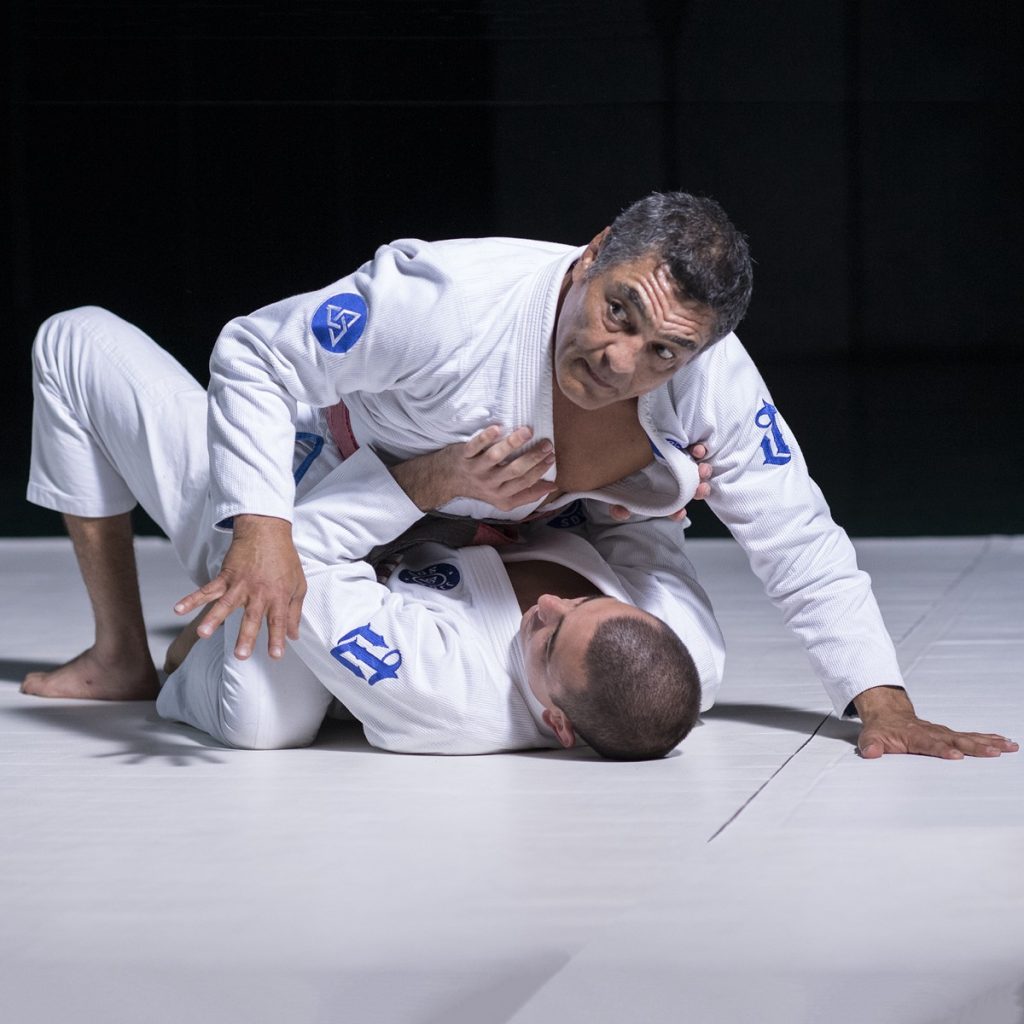
full mount mastery with Rickson Gracie
The full mount is a nuanced position that requires a solid understanding of body positioning to stay in control. A slight miscalculation can lead to a reversal if a grappler gets too aggressive in forcing a submission. Jiujitsu legend and Gracie family champion is known as the master of the mount. Take a look at the footage below for key insight in the ever important aspect of escaping the mount.
Jiu-jitsu Position #3 Back Mount
The back mount is a position where a grappler is on their opponent’s back, with their legs wrapped around the opponent’s hips. This position offers many opportunities for submissions such as the infamous Mata Leao – Rear naked choke, the armbar, and the bow and arrow choke. The options are limitless.
One of the best places to be even vs a much larger opponent, attacking from the back eliminates almost all danger presented by even the most dangerous opponents. A key staple in the system here in our Barrie martial arts academy.
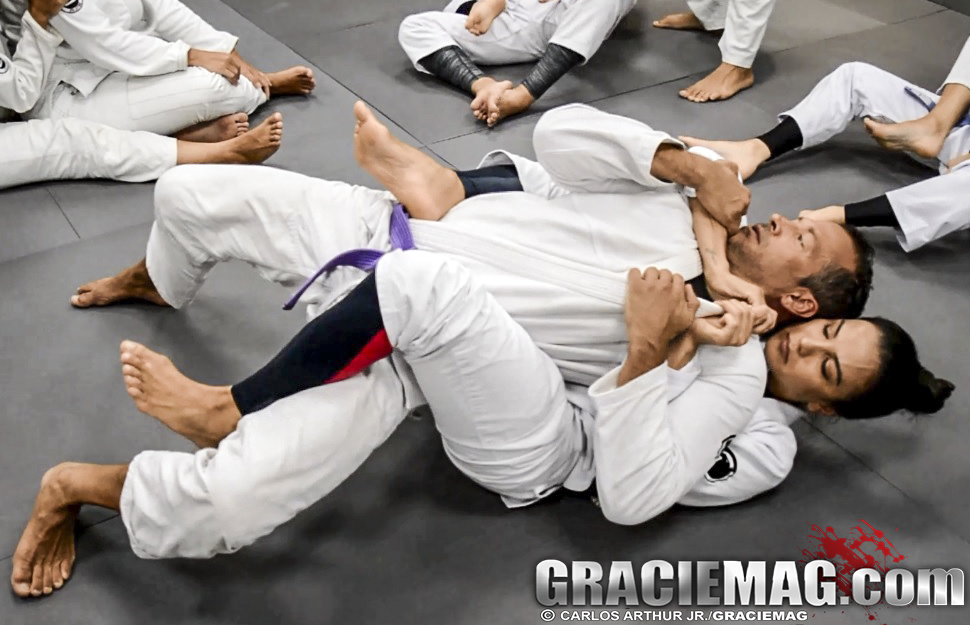
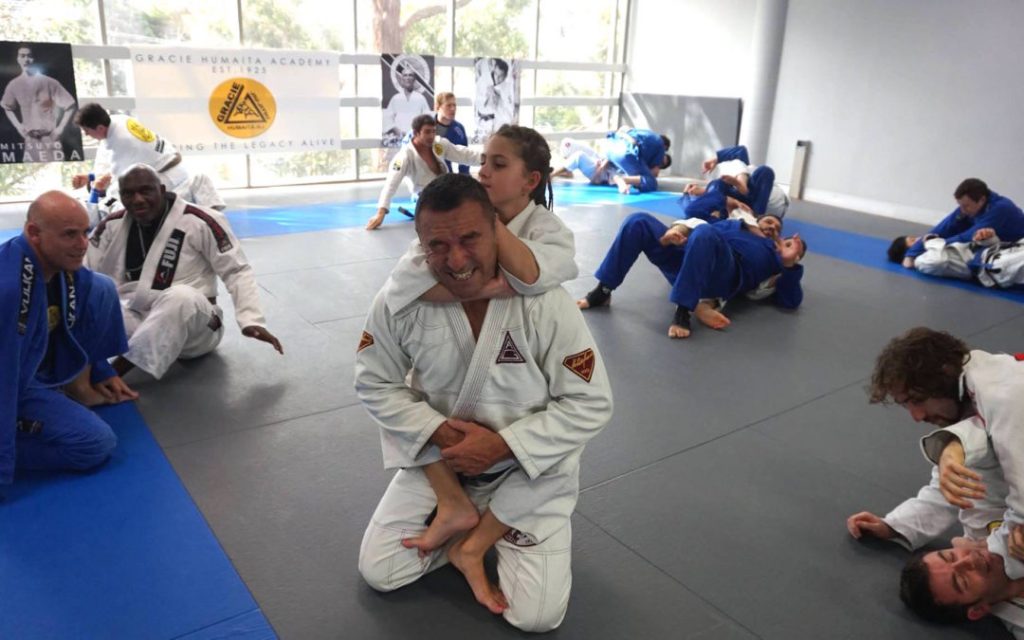
back control leading to another choke
The back mount is a challenging position to escape, and a skilled grappler can maintain control for extended periods. As the opponent tries to escape, the back mount can be used to transition to other dominant positions like the mount or the side control.
Jiu-jitsu Position #4- Side Control
The side control position is when you’ve passed the legs but not fully on top of the person in the mount, so controlling from a horizontal position. It is generally looked at as a transitional position that can be used to move to more dominant positions or, at the same time, apply very powerful techniques.
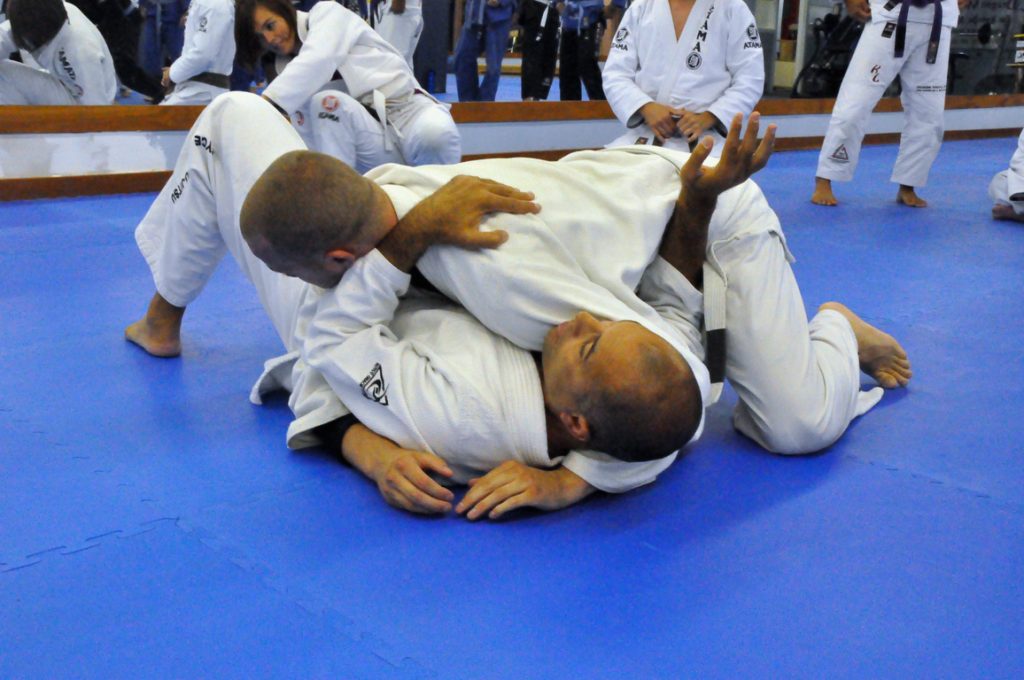
The most common submission options at a beginner level include the Americana, the Kimura, and the arm triangle choke.
Jiu-jitsu Position #5 – Knee on Belly
Often overlooked because of the space the position creates, knee on belly is a must-know for those thinking in any format other than sport BJJ, as that space is exactly what is needed to apply strikes or transitions versus a holding opponent. Adding knee on belly to your toolbox goes a long way toward having a complete set of options for both offense and self defense.
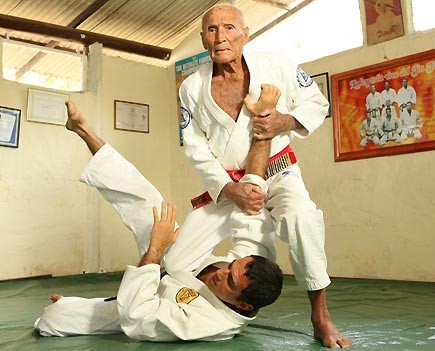
Grand Master Helio applying and armlock from side control
Thanks & see you soon

